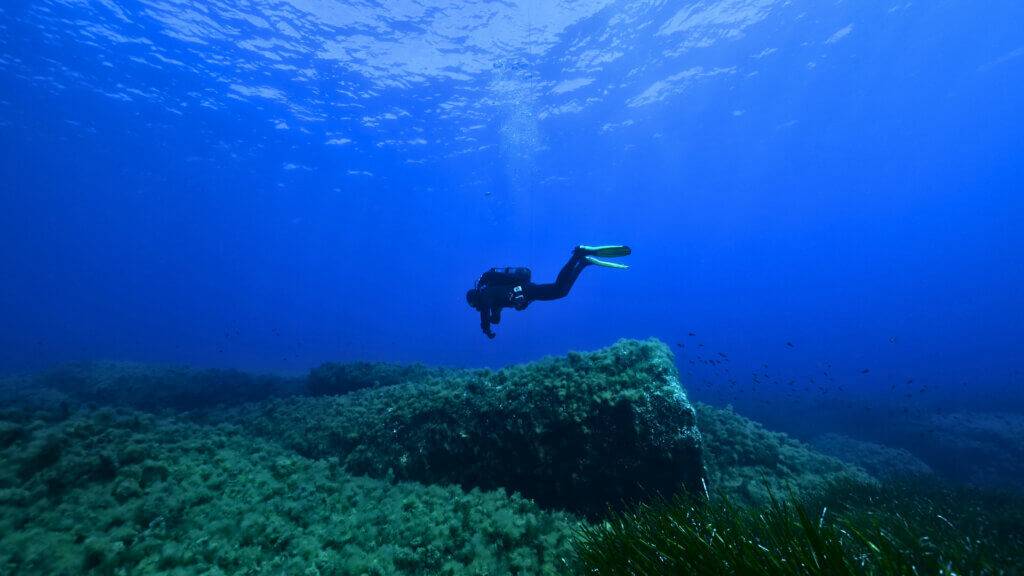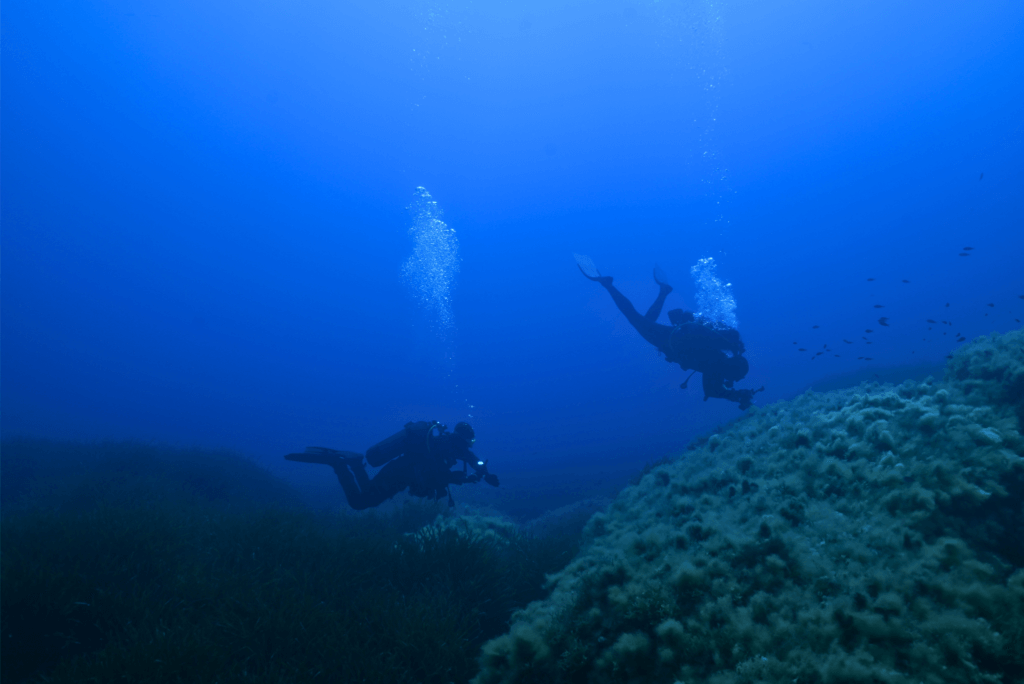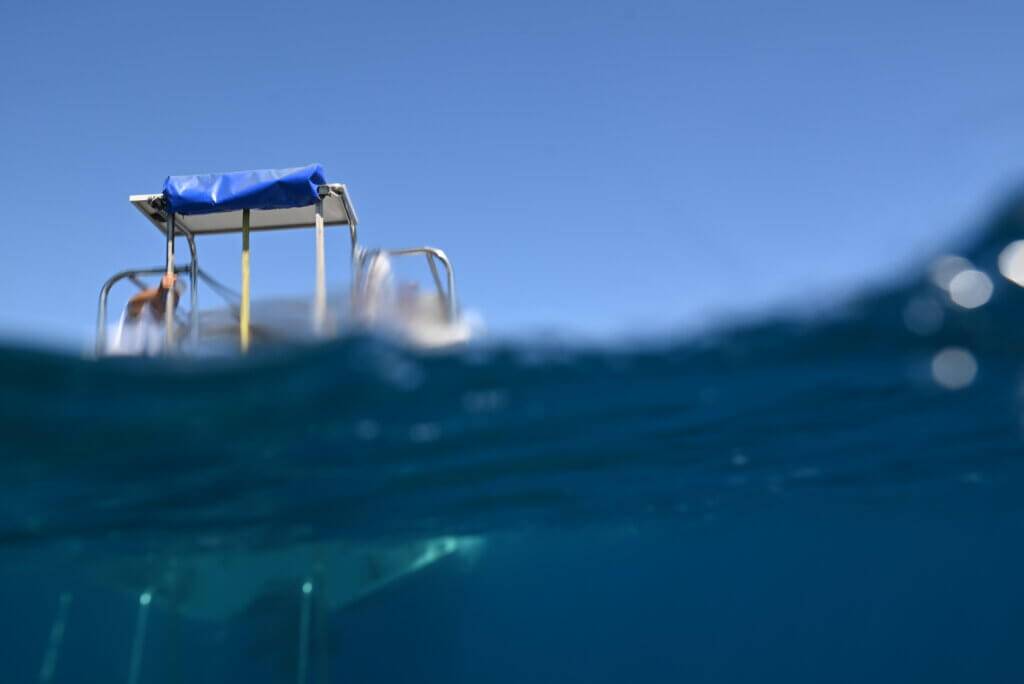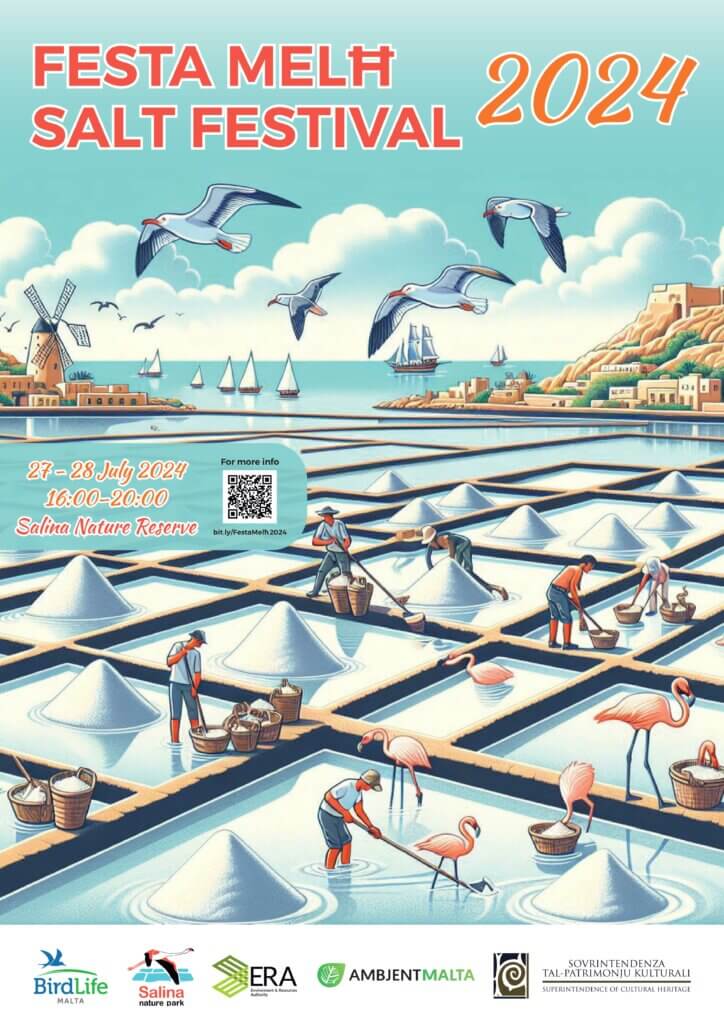
Look don’t loot!
Removing historical objects from the sea has many negative impacts. It results in the destruction of archaeological sites, the degradation of individual artefacts, and the loss of marine habitat and organisms. Importantly, it’s also illegal! As of 2019, the Cultural Heritage Act has expanded to encompass remains as recent as 50 years old. This is important because it means that WWII wrecks now benefit from the same protections as ancient ones.
What is looting?
Underwater archaeological sites are threatened by a range of natural and anthropogenic processes. Looting (also referred to as treasure hunting or illicit excavation) is among one of the most destructive of these threats.
The term “looting” refers to the unauthorised and illegal removal of artefacts, relics, and otherwise culturally or economically valuable items from underwater archaeological sites which include shipwrecks, plane wrecks, and submerged ruins.
People who loot recognise the value of historical objects, and they may even have an appreciation for history. Their actions are often driven by financial gain or the desire to personally obtain unique finds. However, removing artefacts in this un-scientific manner irreparably damages artefacts, archaeological sites, public access to local history, and the scientific and methodological understanding of our past.
How does looting damage archaeological sites and impact the public?
An underwater site will become less impressive, less stable, and will deteriorate at an accelerated rate if artefacts are removed without using proper excavation methods. In this way, underwater sites are just like those on land and must be respected accordingly. Any re-arrangement of objects is considered damage because the spatial organisation of artefacts is crucial to understanding a site.
When this context is disturbed, valuable historical and archaeological information is lost forever. When looters steal artefacts, this spatial context is lost along with the artefacts themselves, which tend to end up in private collections or are sold overseas. This damages the underwater archaeological sites available to the public and withholds artefacts from public enjoyment. It prevents the public from viewing the artefacts in museums or at dive sites and learning about our history. Similarly, archaeologists and other researchers lose the opportunity to study the objects and the sites from which they were stolen.
How does looting damage artefacts?
If artefacts are brought up from an underwater site, it is very important that they are handled properly by trained professionals. Various physical, chemical, and biological processes interact with the artefacts while they are underwater. If not conserved properly, artefacts can become very unstable, brittle, and will ultimately deteriorate over time. When looters steal artefacts from sites, they prevent this necessary conservation process from happening.

What to do when you find artefacts underwater.
Underwater archaeological sites are often protected by national and international laws and treaties, such as the UNESCO Convention on the Protection of the Underwater Cultural Heritage. In Malta, the Cultural Heritage Act clearly outlines the protection of cultural heritage and the legal consequences for those involved in damaging or looting sites.
Efforts to combat looting of underwater archaeological sites include increased surveillance and enforcement measures, public awareness campaigns, cooperation between governments in other countries, and the development of technology such as underwater drones and remote sensing to monitor and protect these valuable cultural heritage sites and the associated objects.
It is important that you do not touch or move anything if you are diving and come across artefacts or an archaeological site. Be aware that looting is a crime and those guilty of it may be fined or even imprisoned depending on the gravity of the case.
Instead, help us protect and learn about these sites by reporting them. Take coordinates, photographs, and notes when possible and tell us what you found by phone at +356 2395 0000 or by email at [email protected].
Help us preserve these sites so that us and future generations can continue to enjoy them as they are now. Take nothing but photos and remember that looting is a crime and those found guilty of it will be fined or even imprisoned depending on the severity of the case.



The exhibit
On Saturday, July 27th, and Sunday, July 28th, a new exhibit at the Salina Nature Reserve will open to the public, highlighting the issues of looting and cultural heritage protection.
The Superintendence of Cultural Heritage and BirdLife Malta have partnered to create this permanent display of underwater archaeological artefacts, which features a collection of artefacts that were illegally looted from the seabed and eventually returned to the Superintendence of Cultural Heritage.
The exhibition aims to educate visitors about the region’s rich history and engage the public on the themes of looting, accessibility, conservation, and the protection of underwater cultural heritage.
Salina Bay itself is an area of significant historical importance. The salt pans making up the reserve were constructed by the Knights of St John in the 16th century and are, in turn, surrounded by additional archaeological sites dating as far back as the Neolithic. BirdLife Malta and the Salina Nature Reserve represent an ideal partner and location for this display because of their shared values and commitment to conservation and public access.




